Japanese armor is commonly believed to have evolved from the armor used in ancient China and Korea. Helmets and cuirasses – breastplate and backplate armor for the torso – were manufactured in Japan as early as the 4th century. Keikō, worn by Japanese horsemen and tankō, worn by foot soldiers, were both pre-Samurai types of early Japanese cuirass armor made from iron plates joined together with leather thongs.
The Japanese cuirass developed quickly into the most familiar style of armor worn by the Samurai, known as the dou or dō, during the Heian period (794-1185). During this period, Japanese armor makers started using leather (nerigawa) and lacquer was used to weatherproof the armor parts. By the time the Heian period ended, the Japanese cuirass had evolved into the shape recognized as being specifically that of the Samurai. Leather and/or iron scales were used to create the Samurai armor, with a leather lace being used to join the individual scales (kozane) from which these cuirasses were now being made. In time, the original leather lace was replaced by one made from silk.


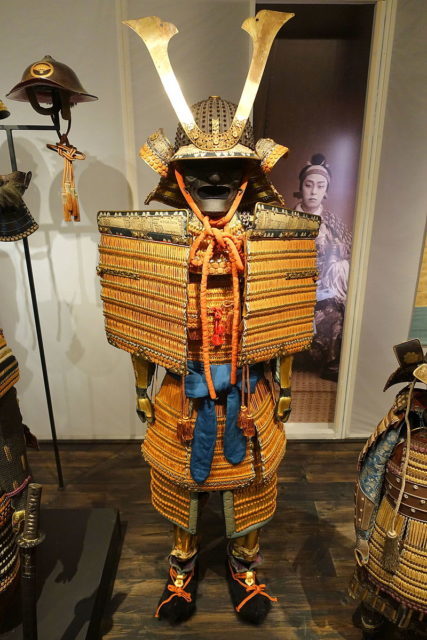
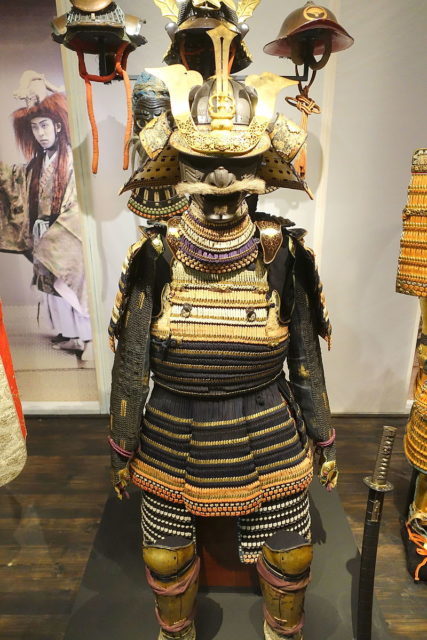
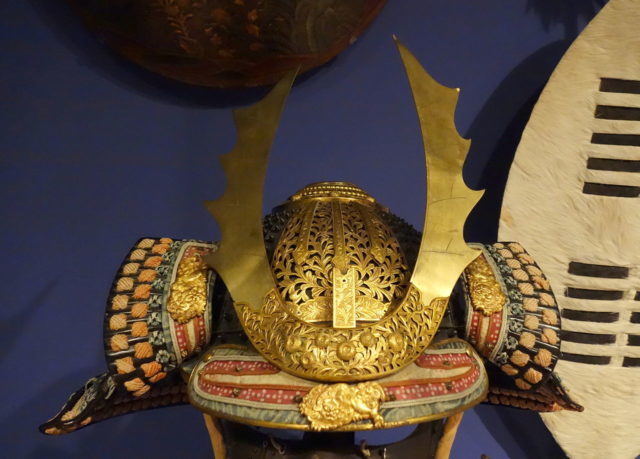
Japan began trading with Europe in the 16th century, during what would become known as the Nanban trade. The Samurai procured European armor, including the cuirass and the comb morion, better known as ‘the Spanish Conquistador helmet,’ which the Samurai modified and combined with their domestic armor as it provided much better protection against the newly introduced matchlock muskets known as Tanegashima.
In 1543, when the Portuguese introduced the Tanegashima, it changed the entire method of warfare in Japan, which triggered the Japanese armor makers to change the design of their armor. They modified it from the centuries old lamellar armor to plate armor made of iron and steel plates which were called tosei gusoku (new armor). Bullet resistant armors were developed called tameshi gusoku (bullet tested), allowing the Samurai to continue wearing their armor despite the use of firearms.
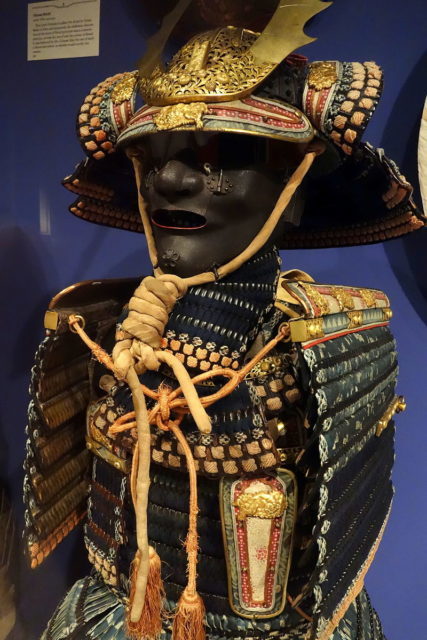
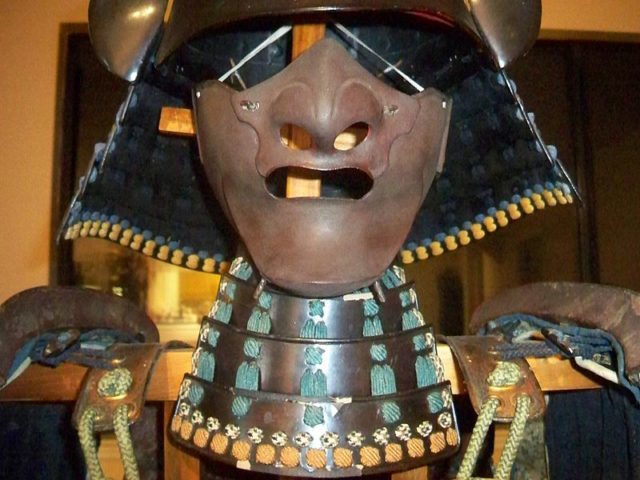
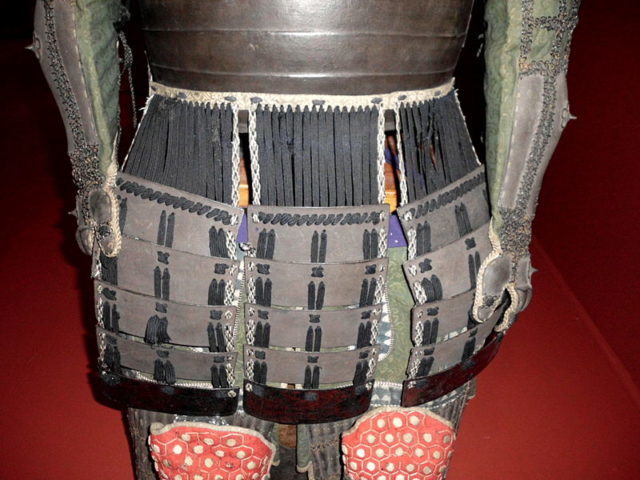
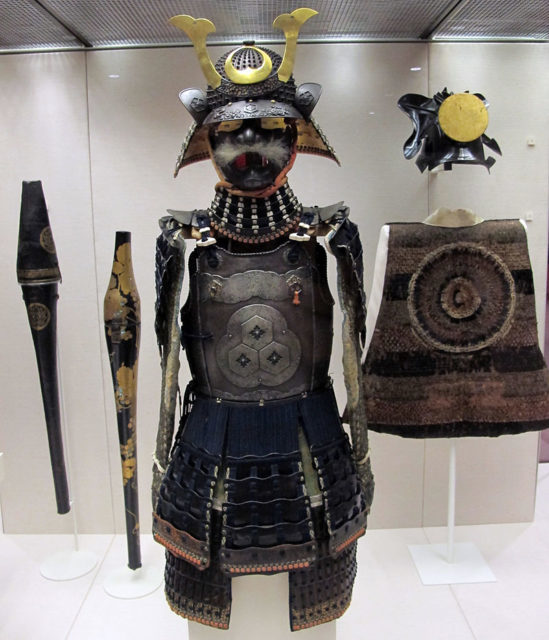
The Sengoku period, a time of great social upheaval and warfare, came to an end around 1600. Japan was then united and entered the peaceful era known as the Edo period. The Samurai continued to use both plate and lamellar armor as a symbol of their status, but their traditional armor was no longer necessary for battles. During the Edo period, lightweight, portable, and secret hidden armors became popular, as there was still a need for personal protection.
The warfare age
Civil strife, duels, assassinations, and peasant revolts necessitated the use of armors such as the kusari katabira (chain armor jacket) and armored sleeves. Other types of armor, which could be worn under ordinary clothing, was also used.


The Edo period Samurai were in charge of internal security and would wear various types of kusari gusoku (chain armor), shin and arm protection plus forehead protectors (hachi-gane).
Armor continued to be worn and used in Japan until the end of the Samurai era (Meiji period) in the 1860s. The last use of Samurai armor occurred in 1877 during the Satsuma Rebellion.
